Dark Tourism BLOG
This page is intended to provide a more flexible and also more interactive element to dark-tourism.com, which is otherwise more static (more like an encyclopedia). The idea came about after the DT page I used to curate on Facebook was suddenly shut down by the company (full story here). So I’m continuing here – with regular blog posts, either featuring particular dark-tourism destinations or marking specific days in dark history and sometimes reacting to current affairs that are in some way relevant to this site’s topic.
sign up to the newsletter!
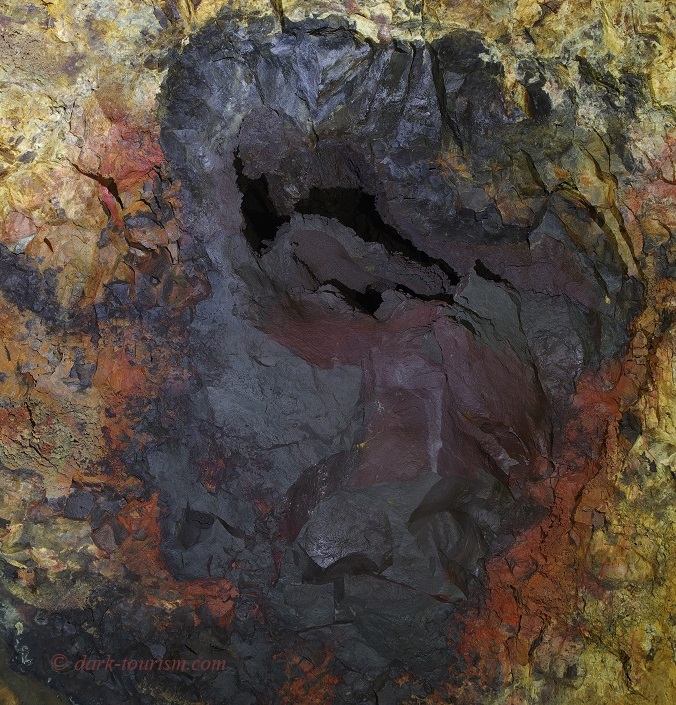
Inside a Volcano!
As the title says, it is indeed about going inside a volcano. Obviously that won’t be an active volcano (any such volcano you could enter only once, and get instantly vaporized). Instead it’s a very special, probably even unique commodification of a dormant volcano, more precisely a drained magma chamber, going down over 120m below the crater top. It is located on the Reykjanes Peninsula a ca. 20-30 minute drive south of Reykjavik.
As you may recall from the general Iceland post, the Reykjanes Peninsula is also where
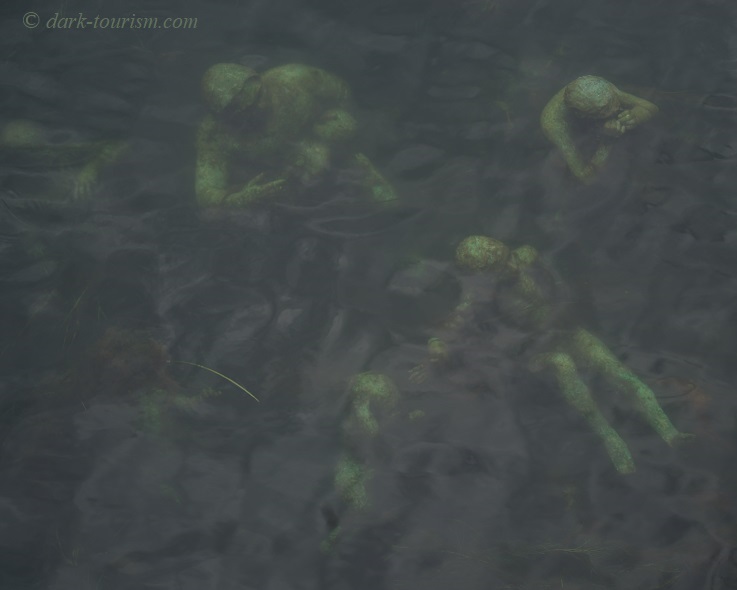
Copenhagen in August 2023
Just under two weeks ago I returned from a short trip to Denmark’s capital Copenhagen, arranged at short notice too. But I had three wonderful days in that fabulous city. It was in fact the last capital city in Europe I hadn’t yet visited. Now I can’t understand what kept me from visiting Copenhagen for so long.
Well, partially I can: I had put off a visit for years because I had read about one of the main attractions in terms of dark tourism, namely the
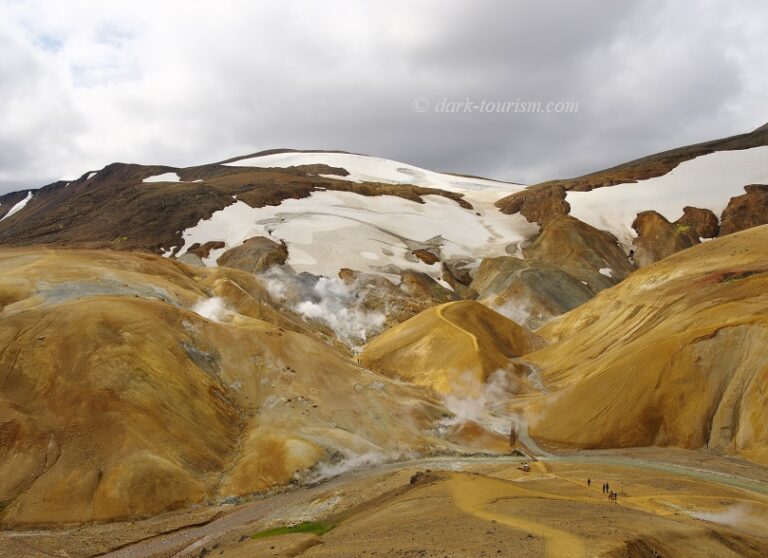
Iceland in 2023
Twelve days ago I came back from my return trip to Iceland. Like on my first trip there back in 2004, I totally fell in love with the Icelandic scenery, be it glaciers, volcanic wastelands or dramatic sea cliffs (full of puffins in various places). Unlike in 2004, though, I brought back plenty of much better photos too, compared to the ones I took with my very first digital camera in 2004 (see this previous Blog post). So I can give you another little overview photo essay now – up to date and obviously with a
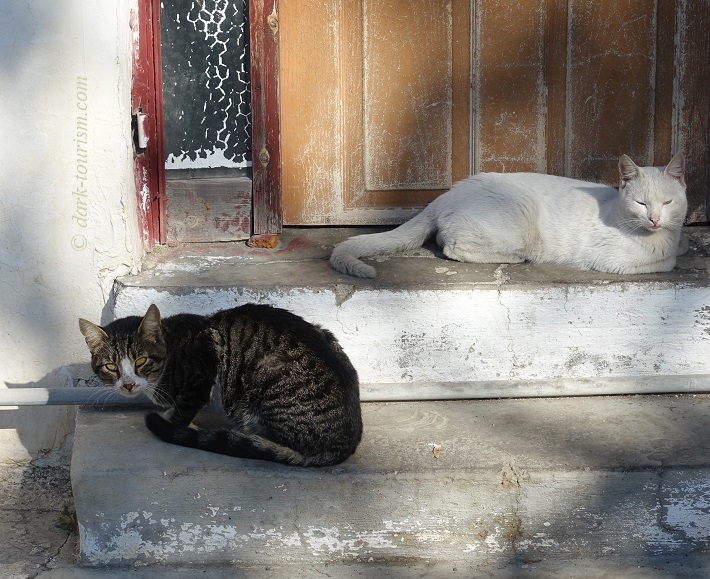
Cyprus and Ethiopia developments
After the past few more topical posts here comes a current-affairs one once again. Just a shorty, though, as I have to carry on preparing for my upcoming Iceland trip (see previous Blog post!).
For one thing Cyprus, where I went in January this year (see especially this older Blog post), has been in the news again last week, repeatedly in fact, in close succession and for very different reasons. The most important
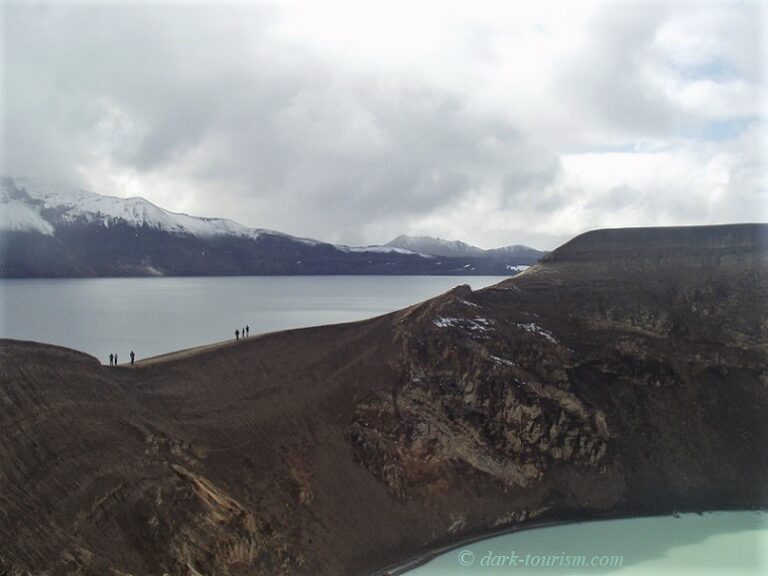
Looking back on Iceland – and forward to it!
In just under a week’s time I should be on my way to Iceland for a return visit. My first visit was a very long time ago, back in August 2004. I know that since then things have changed, not just in terms of DT (mostly on the volcanic front), but also in general tourist numbers overall, while prices remain painfully high. That’s partially why this upcoming trip will be for only ten days.
The main points of my (dark) interest will be a couple of new
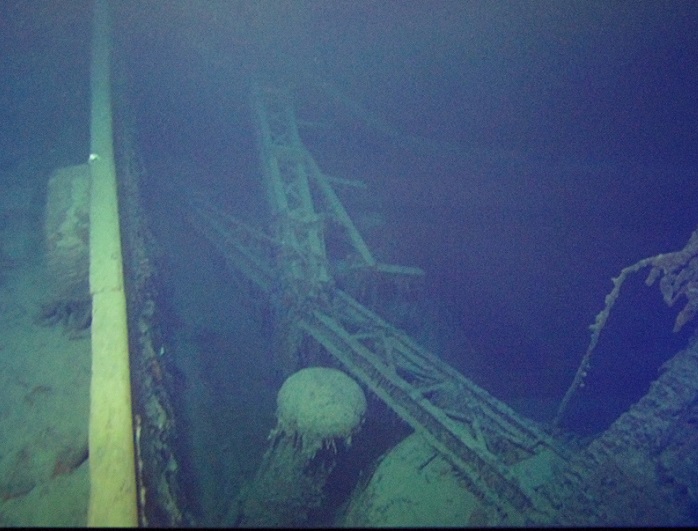
Titan and Titanic
It’s been only a few weeks since I published the latest previous Blog Post “Belfast and the Titanic”, based on my recent travels to Northern Ireland.
Now the Titanic has suddenly made headlines in the media worldwide – for all the wrong reasons. You will have probably seen those headlines yourself, but here’s my summary of events as they unfolded (based mainly on my
